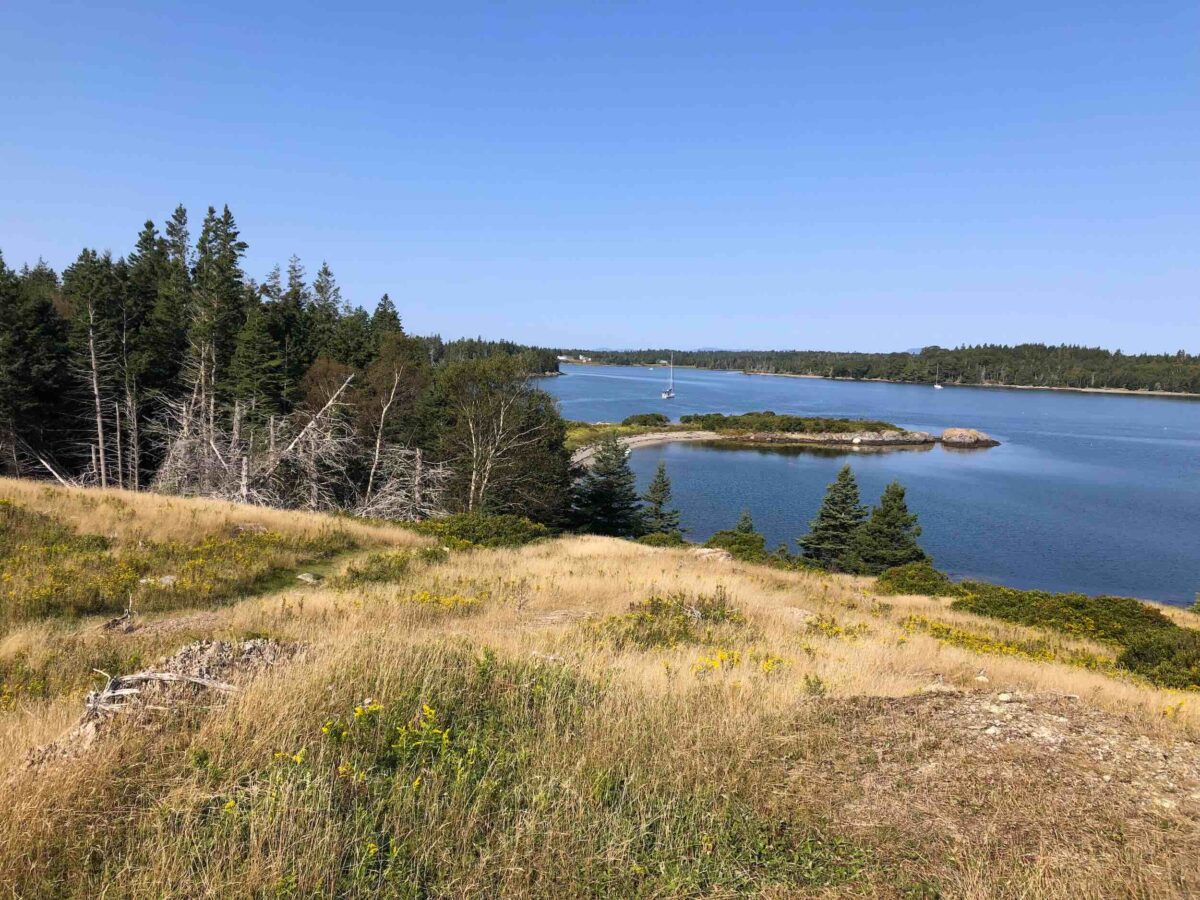With provisions secured, we had a wonderful sail through the Deer Isle thorofare, past the lighthouse on Mark Island and over to Calderwood Island. We anchored between Calderwood and Burnt Islands just in time for golden hour. There were more boats there than we were expecting, but we found a great spot to drop the hook where we had a little space to ourselves.
The next morning, we dinghied ashore to explore Calderwood Island, which is maintained by the Maine Coast Heritage Trust. The well maintained trails lead through patches of wild raspberry, spruce and pine forest, and wildflower meadow. As we crested the trail in the meadow on the southwest side of the island, we watched a beautiful (and huge!) hawk hunting for breakfast, just a few feet above the meadow. I couldn’t figure out what kind of hawk it was – all the photos I’ve found that look like the one we saw typically aren’t found in Maine. It had a huge wingspan and a very distinct white bar on its tail feathers, and it was just amazing to encounter so close. Once we reached the end of the trail in that direction, we retraced our steps and took the trail in the other direction, pausing at the highest point on the island to take in the view of the anchorage on one side and Vinalhaven on the other.
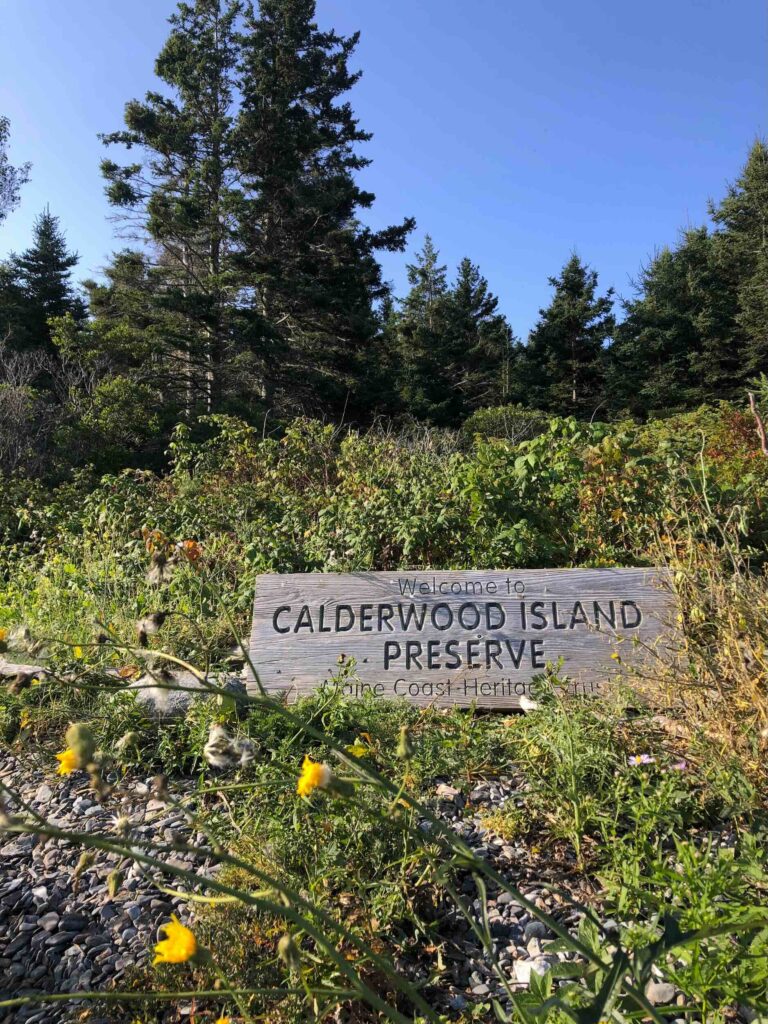
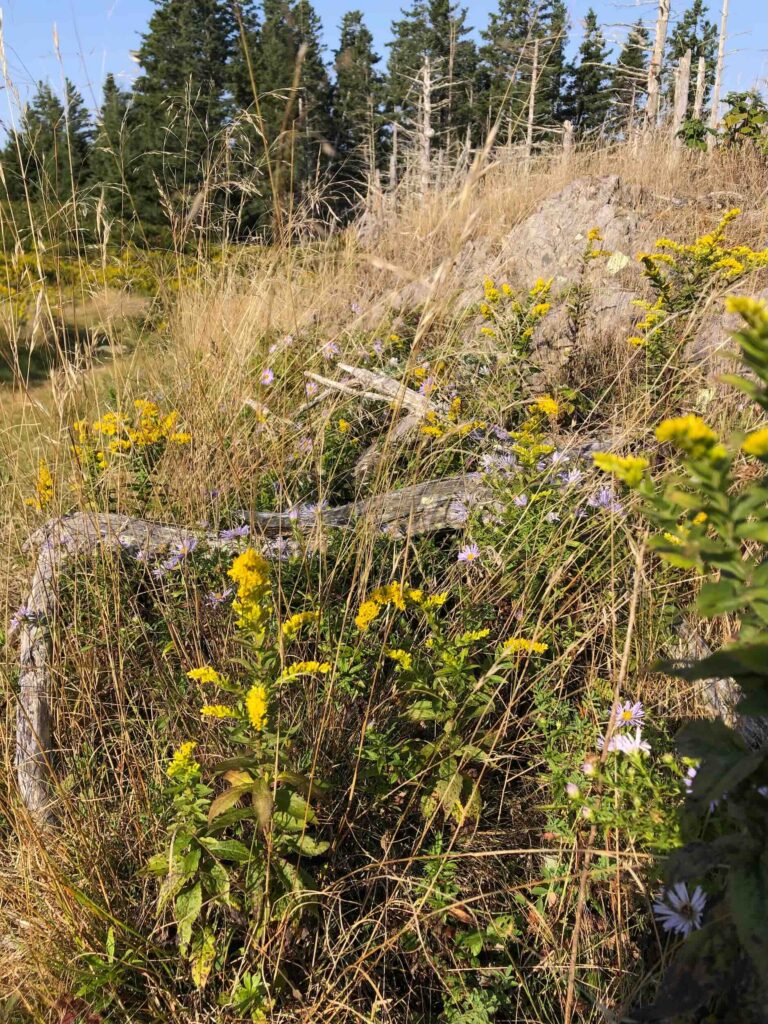
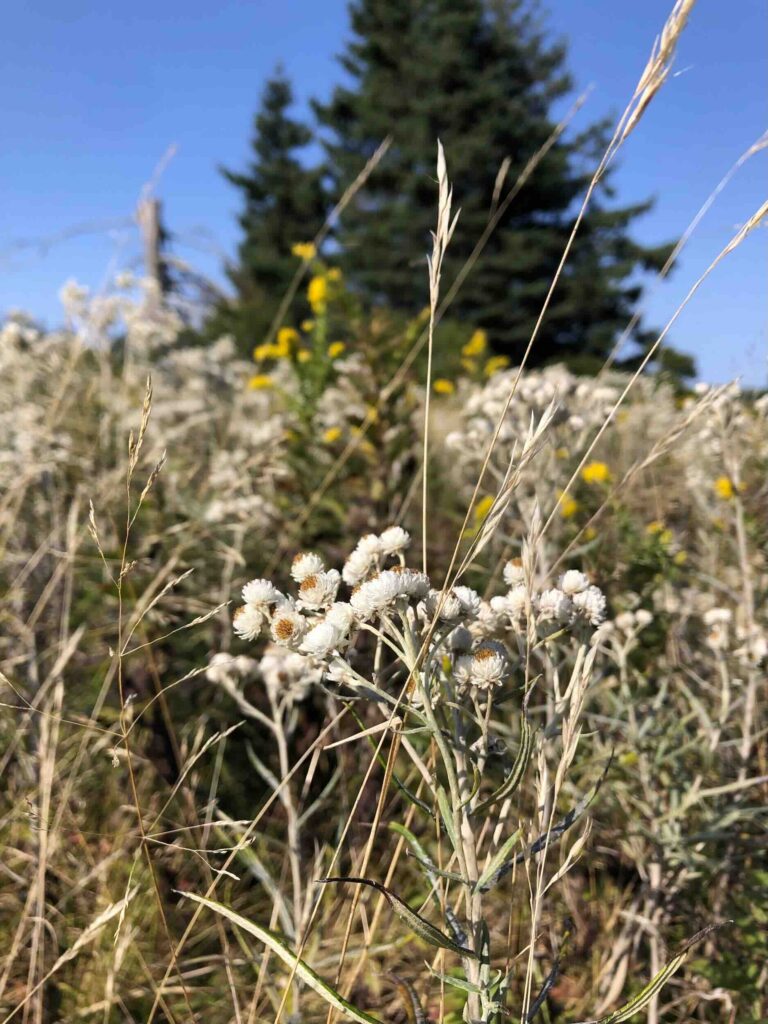
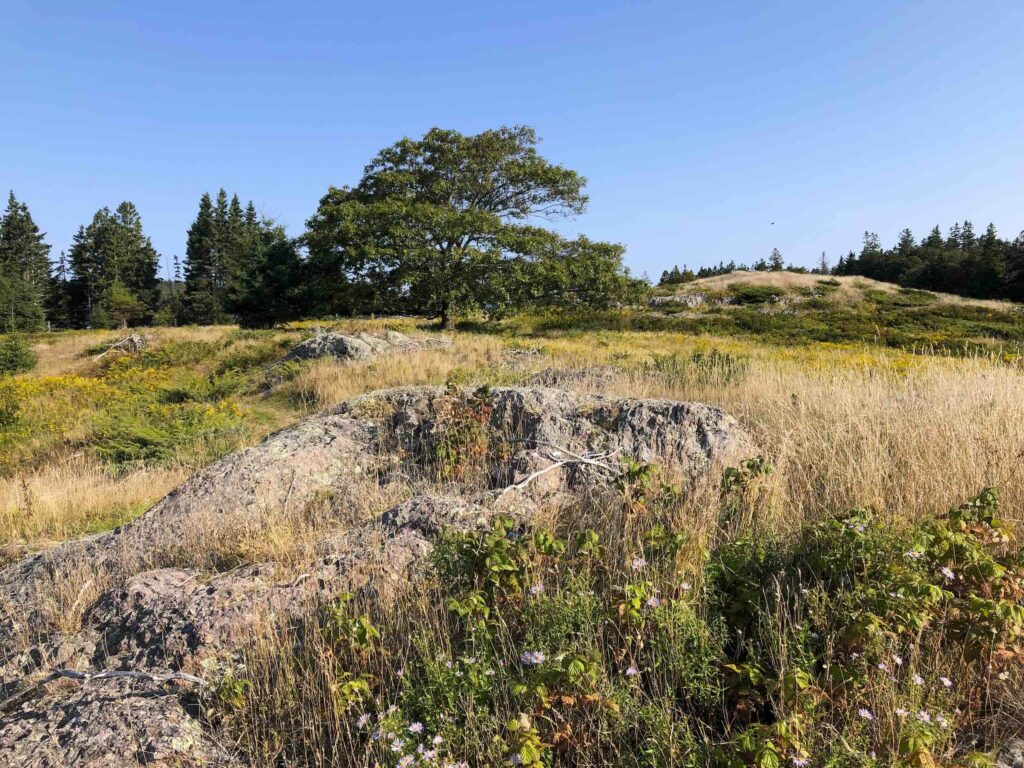
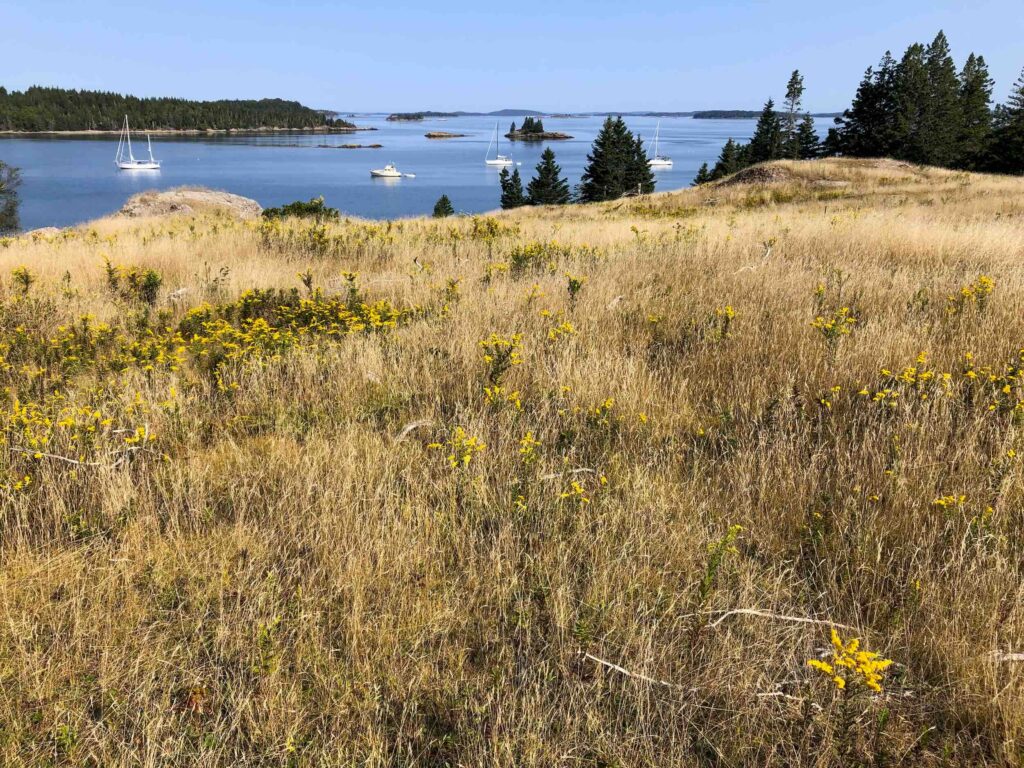
Afterwards, we dinghied across the anchorage to Burnt Island, which is maintained by the North Haven Conservation Partners and is only walkable from North Haven Island within 2 hours of low tide. They maintain a nice dinghy dock and a primitive head – otherwise the island is entirely left to nature. Part of the trail that rings the island was closed off due to a nesting bald eagle, and the cutoff trail they created took us through the forest past an old stone wall, the last remaining hint of the island’s former occupation. Other than the white tailed deer that startled us as much as we startled her, we had the island entirely to ourselves. On one side of the island, the trail wound along rocky beaches and through intoxicatingly-scented spruce forest draped in moss, and on the other, sunlight filtered through the trees as we walked along cliffs ending in jagged, seaweed covered rocks.
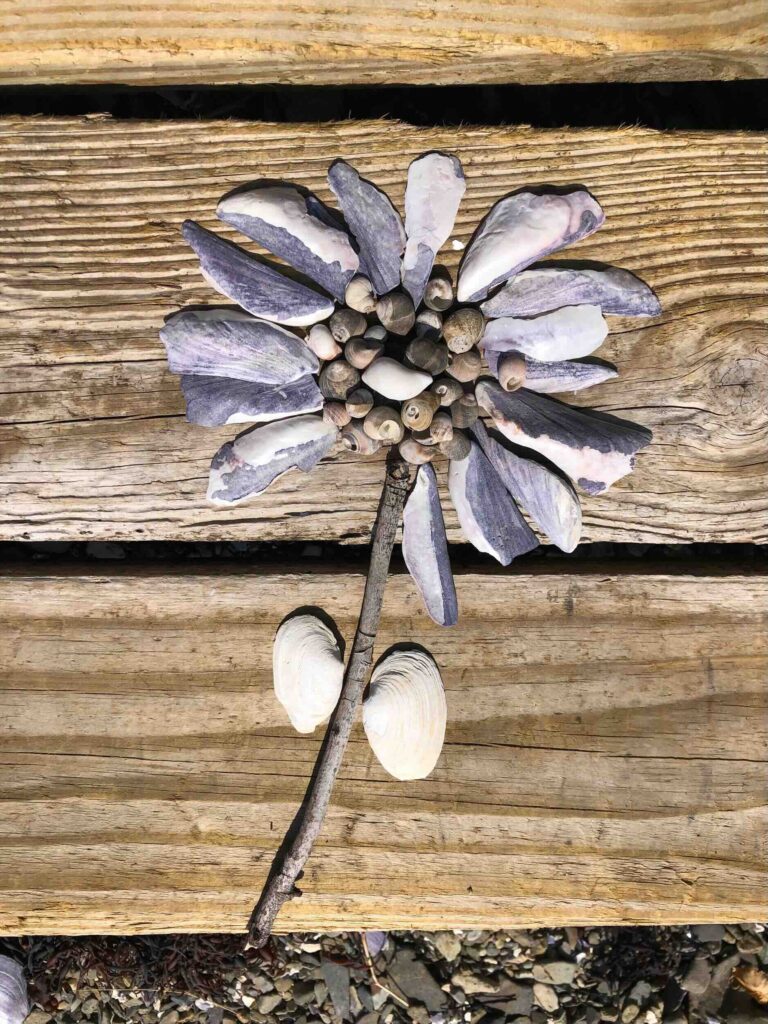
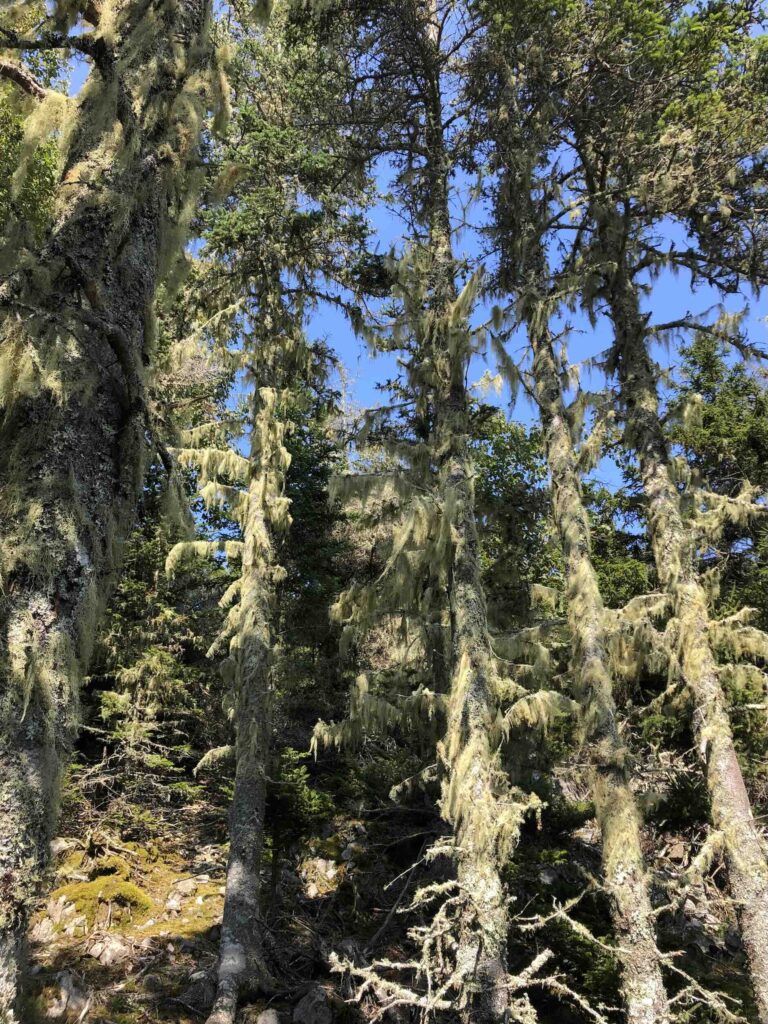
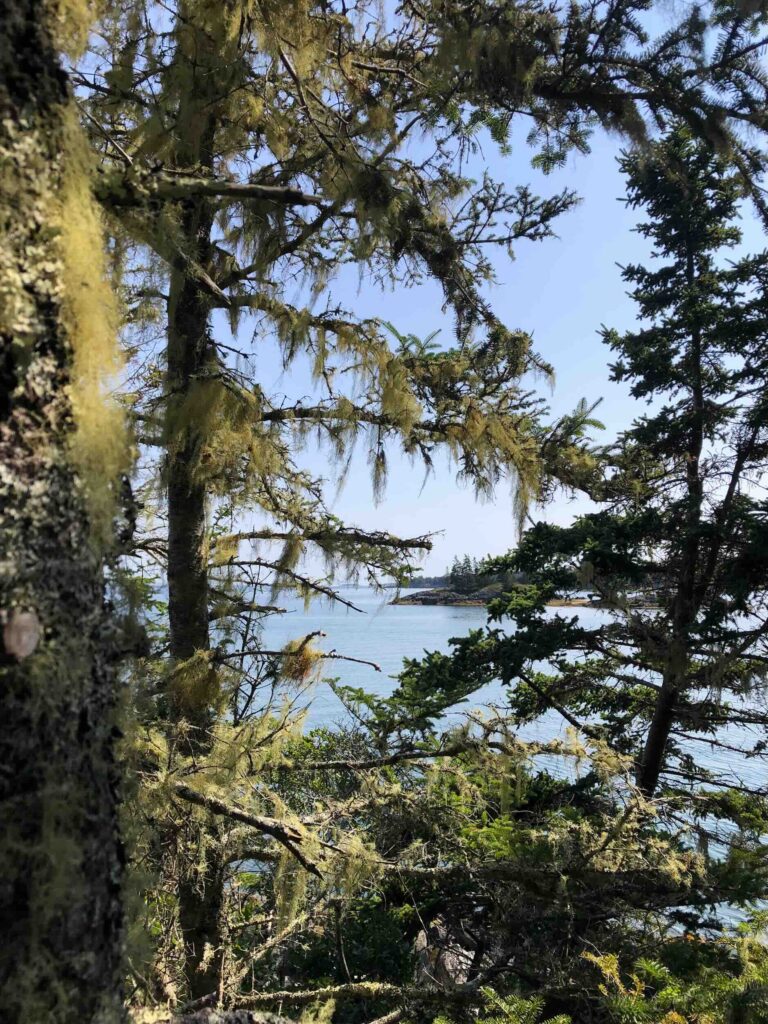
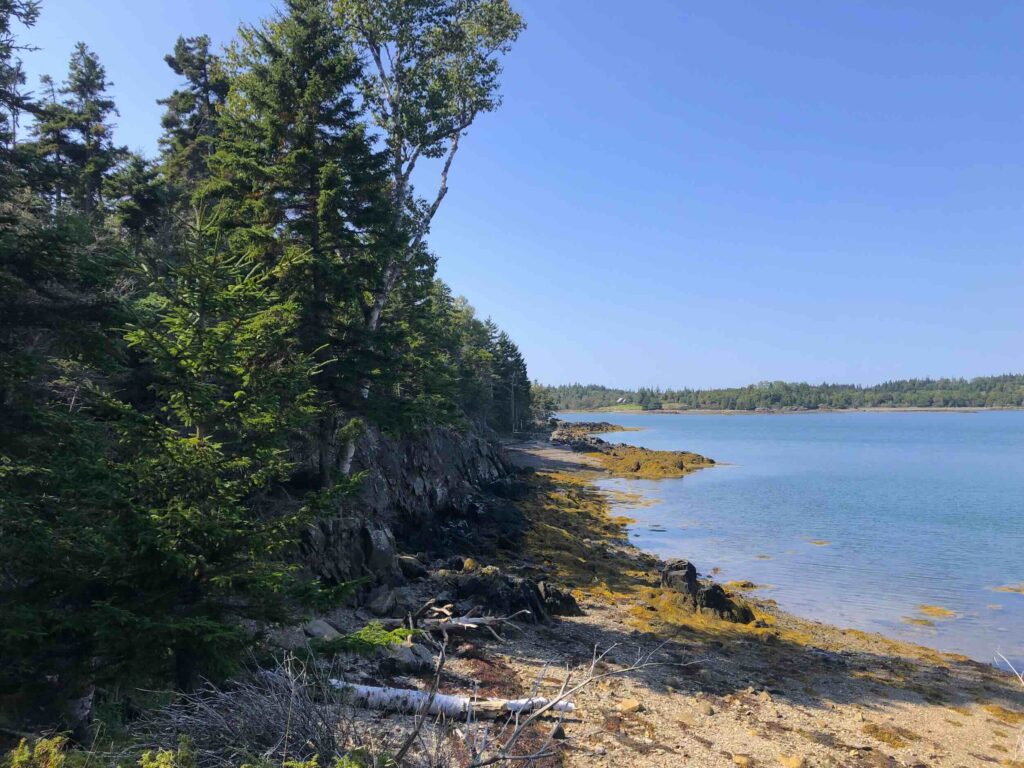
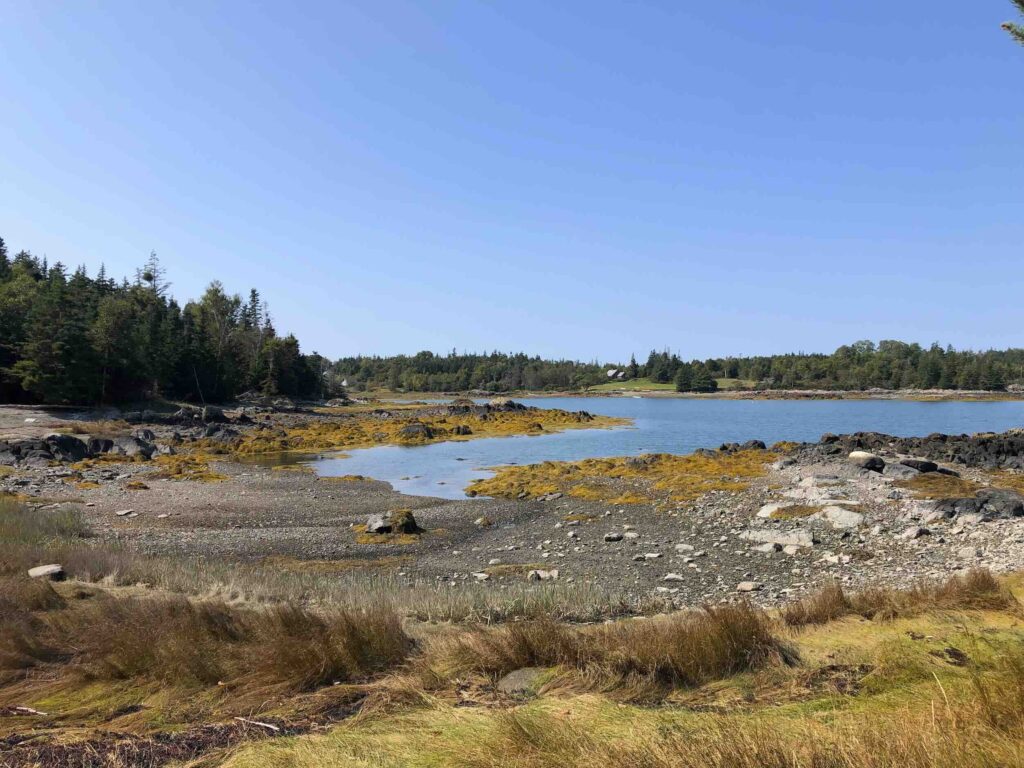
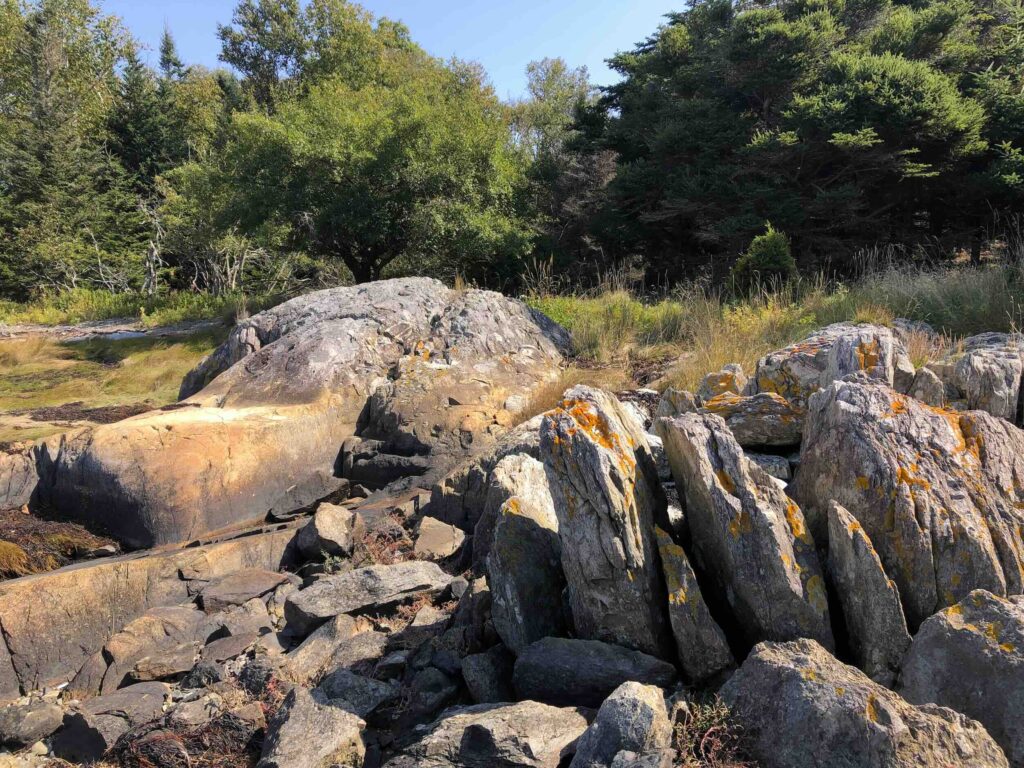
After some awesome homemade lobster rolls back at the boat, we hauled anchor for our last real sail of any significant distance for the season. It was a perfect sail but an emotional one too. It’s hard to describe the exact emotion, and it may be one that only sailors can relate to – it’s this mix of melancholy, wonder, joy, sadness… a hypersensitivity to the march of time. It’s the same feeling we used to get on Long Island Sound when we knew our time was running short and we’d dream of pointing the bow south and just continuing on. As we sailed to Castine, we were really surprised how much farther along the fall colors were – yet another sign that time was running out on our season.
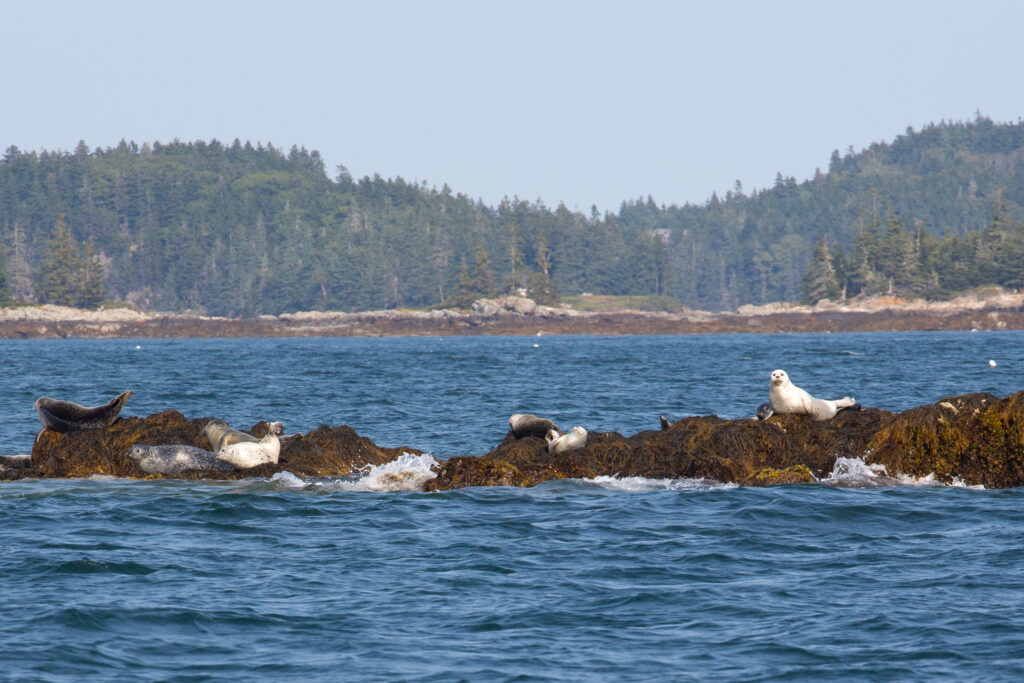
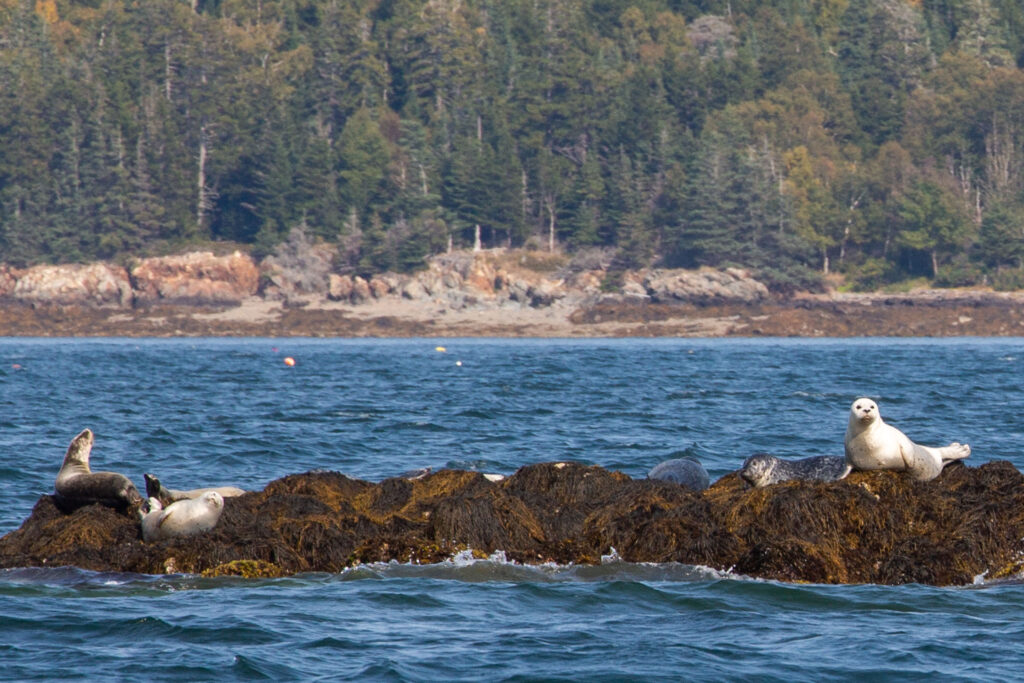
We anchored in Smith Cove shortly before sunset along with a couple other boats. Despite having company, it was peaceful and beautiful with little hints of early fall color all around. We spent a couple of quiet days at anchor, and it was a great spot to see the partial lunar eclipse. One afternoon while I was working out on deck, I watched a pair of bald eagles perched on a rock on the shoreline, and it looked like they were performing courtship behaviors. Later that afternoon, the schooner Angelique, who we’d shared an anchorage with at Hells Half Acre, sailed in and anchored nearby.
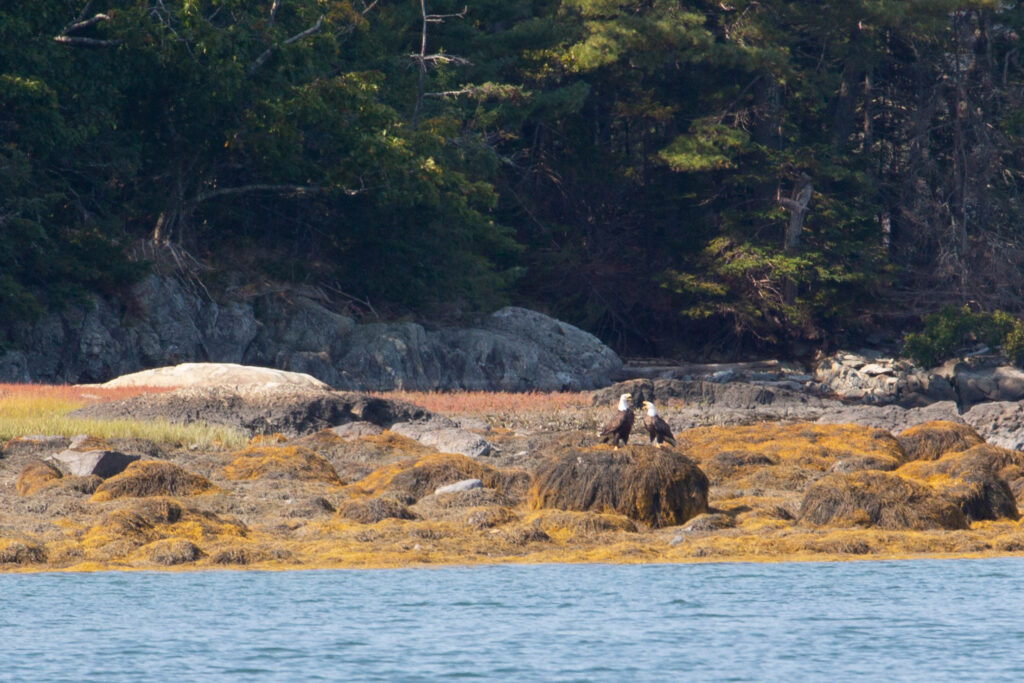
Since we weren’t able to make water, we planned to get a mooring at Eaton’s Boatyard so we could hop over to their dock and fill up on both fuel and water. Unfortunately the current was really running, so we decided to skip the dock and go straight to our mooring. The first mooring we tried to pick up was wrapped around itself, so we picked up a different one, and it took a good couple of passes in order to make it. The whole time, Windara felt super sluggish and just… off – her steering wasn’t precise and she wasn’t appropriately responsive to the throttle, so we were almost certain we’d picked up a lobster buoy. Once we were on the mooring, we noticed the bilge pump running a couple of times, which is highly unusual. (Side note, our bilge pump has now been named Mary J., after I mistyped “bilge” as “blige” in a Slack thread at work). Chris checked around and found some water coming in at the dripless shaft seal. We managed to slow the inflow, but Windara had sent us a clear message – the season was over.
We put a call in to the local TowBoat US operator to arrange for a tow the next morning and emailed Front Street to see if they could fit us in. Even though it was late in the day at that point, we had quick responses from both. We’re pretty damned self-sufficient and are used to just fixing things ourselves, but this one was beyond our ability (between parts, needing to be out of the water, etc) to handle. I think Chris found it kind of embarrassing to have to call for a tow, but we’ve maintained a BoatUS membership for the last 8 years specifically for this reason. I look at it as just another tool in our toolkit – it’s what you reach for when none of the the actual tools in your bag are the ones you need in an emergency.
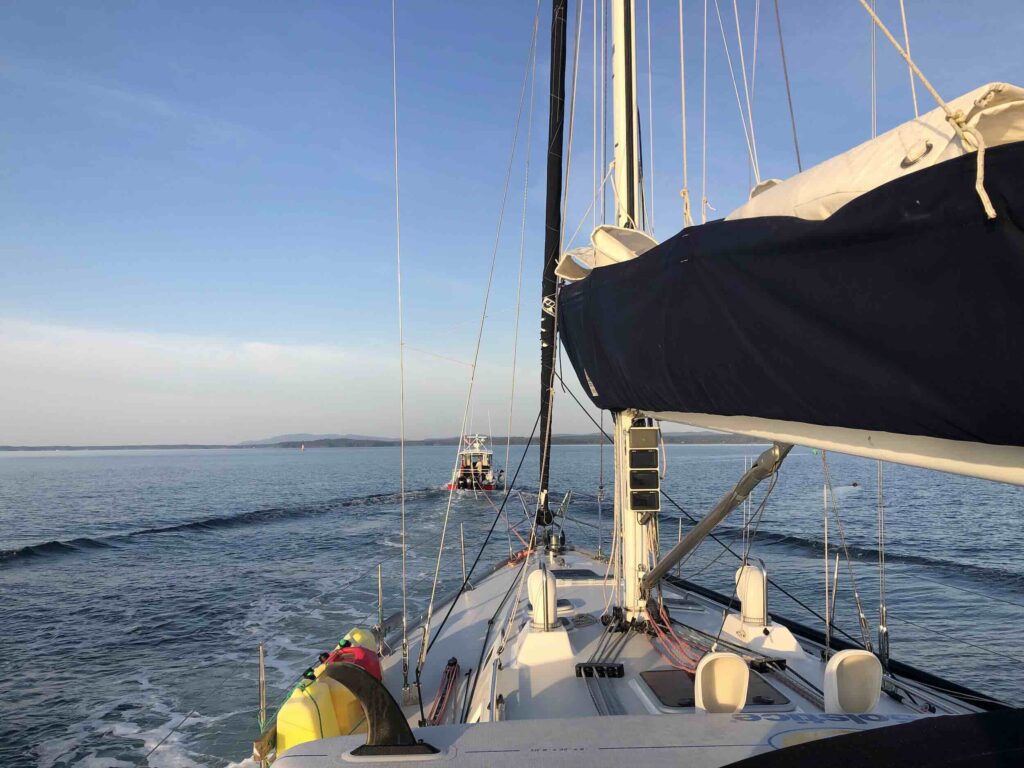
TowBoat showed up at 6:45am to bring us over to Belfast. Darren used to be a local lobsterman, but it’s literally back-breaking work and too many surgeries left him unable to continue, so he became a tow boat operator instead. Everything was smooth and efficient, and everything went well until we tried to approach the floating dock we’d arranged at Front Street. With current running hard and sweeping us sideways, it was hard to manage the two boats (steering coming from one, power from the other), and we had to reverse out HARD to avoid having our anchor tangle with the boat on the opposite side of the dock we’d been approaching.
We were going to make another pass, but since we had just narrowly avoided being swept into another boat in the previous attempt and didn’t have a lot of maneuvering room, I decided we might be better off picking up a mooring. Since Chris and Darren were using the headsets to communicate, we were back to hand signals to call the mooring approach. Thankfully we have years of experience doing it that way, and I got it on the first try. Later that day, Front Street came out to tow us in and get us into the slings. I know Travelifts are literally designed to lift boats – that’s their entire raison d’être – but I never like having my boat suspended in the air by two straps (no matter how beefy they are!). There was nothing on the prop, nor did it look like we’d had something and lost it, so the mystery remained as to her behavior. They got our bottom pressure washed, the head mechanic came up to check out the shaft, and they got parts ordered all before the day was done.
This was obviously not how we’d hoped to end our season, but it all turned out to be for the best. When they came to replace the seal, they found that our prop hadn’t been greased last time we had it serviced and it wasn’t far from falling off. So far, we’re extremely impressed with Front Street and incredibly thankful to both them and Darren for coming to our aid.
